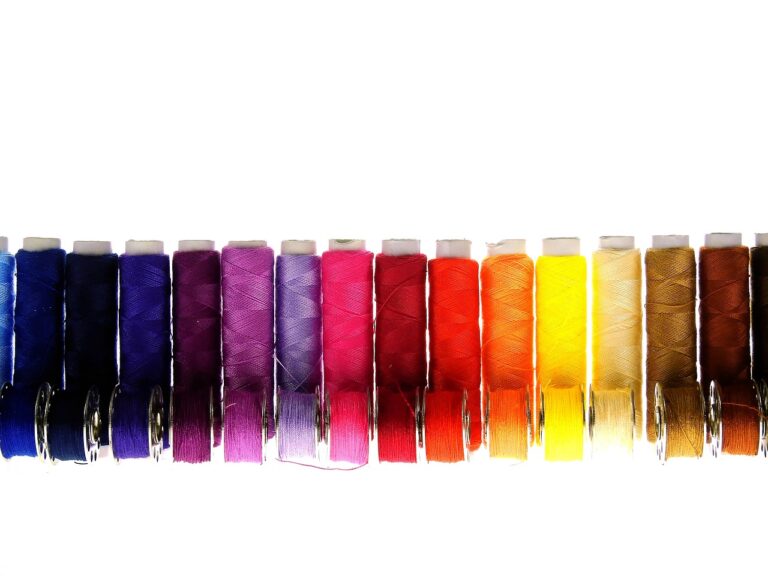Fashion and Sustainability: Green Chemistry in Textile Manufacturing
Traditional textile manufacturing processes are known to have a significant environmental impact. One of the primary contributors to this impact is the excessive use of water during production. From dyeing to finishing, textile manufacturing involves numerous water-intensive processes, leading to high water consumption and pollution of water sources from chemicals and dyes.
In addition to water usage, traditional textile manufacturing also results in air pollution. The release of harmful chemicals and volatile organic compounds (VOCs) during different stages of production contributes to poor air quality. These emissions have negative effects on both human health and the environment, emphasizing the need for more sustainable practices in the textile industry.
The Benefits of Green Chemistry in Textile Production
Green chemistry in textile production refers to the utilization of environmentally friendly processes and materials to create textiles. By implementing green chemistry principles, textile manufacturers can significantly reduce the environmental impact of their operations. This approach focuses on using renewable resources, minimizing waste, and decreasing the use of toxic chemicals, leading to a more sustainable and eco-friendly industry.
One major benefit of green chemistry in textile production is the reduction of harmful emissions and waste generation. Traditional textile manufacturing processes often involve the release of pollutants into the air, water, and soil, contributing to environmental degradation. By adopting green chemistry practices, textile producers can mitigate these negative effects and promote a cleaner and healthier environment for future generations.





